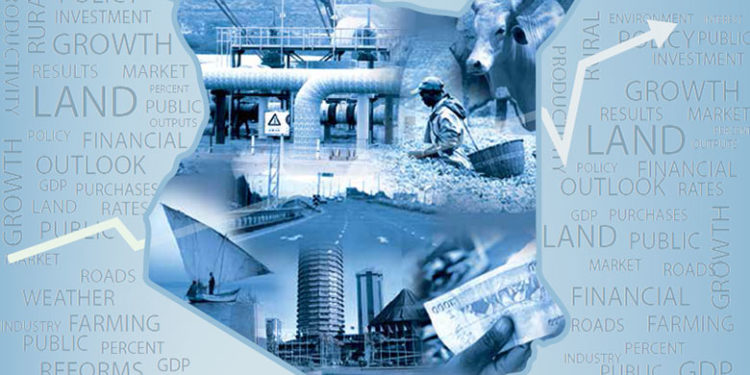Kenya’s economy continues to exhibit resilience despite facing multiple challenges, including the COVID-19 pandemic, global financial conditions, and a severe drought. The country’s economic growth rate remained aligned with its long-term trajectory, with a solid 4.8% in 2022.
Although Kenya faces risks, such as global shocks that could impact exports and growing public debt repayments, the World Bank expects the country to manage these challenges effectively. Moreover, Kenya can leverage its low greenhouse gas emissions to attract green investments from international investors.
Kenya’s service sector, encompassing financial services, tourism, and transport, has been the primary driver of the country’s economic growth. These sectors have exhibited robust performance, contributing approximately 80% to the overall increase in GDP. Kenya’s GDP growth outpaced the Sub-Saharan Africa average of 3.6% in 2022.
Read more: Deloitte Forecasts Dip In Kenya’s GDP In 2022
Kenya faces the challenge of growing public debt repayments, putting pressure on government finances. However, the authors of the World Bank report express confidence in the country’s ability to cope with the situation. They describe the debt as remaining at a high risk of distress but still sustainable.
President William Ruto’s administration, in office since September 2022, has taken steps to reduce the pace of debt accumulation by seeking cheaper funding sources from bilateral and multilateral financiers. The World Bank predicts that Kenya’s total public debt will decrease to 64.8% of GDP by the end of this year, down from 67.4% at the end of 2022.
Under pressure to raise additional revenue, President Ruto’s government has proposed various tax hikes, which have sparked protests. These additional taxes may dampen consumption, as senior economist Naomi Mathenge cautioned. Balancing revenue generation with maintaining consumer spending will be crucial to sustaining economic growth.
Read more: Proposed Tax Reforms in The Finance Bill 2023
The World Bank’s report emphasizes that Kenya can transform the threat posed by climate change into an opportunity. Kenya can benefit by attracting green investments from international investors aiming to reduce carbon footprints in their supply chains.
Contributing less than 1% of the annual global greenhouse gas emissions, the country has the potential to engage in carbon credit trading, offering further avenues for economic growth. With a strategic approach and effective management of risks, Kenya can continue its journey toward inclusive and sustainable economic development.


















